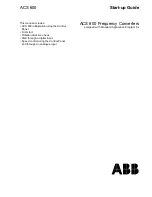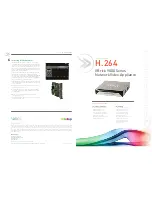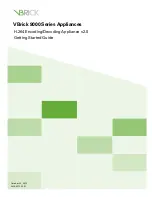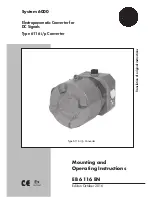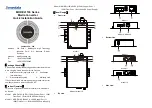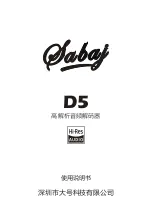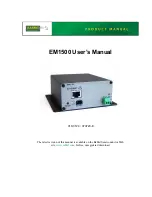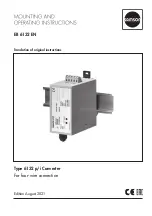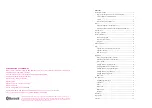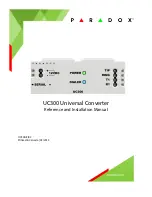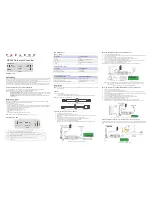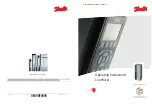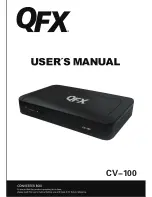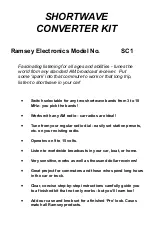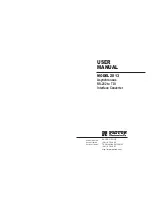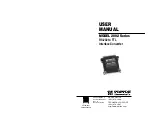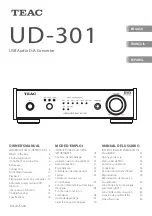
4.1.3 4-WIRE CONNECTION USING TERMINAL BLOCKS
If your RS-485 application requires you to connect two pairs of
bare wires to the Model 285, you will need to open the case to access
the terminal blocks. The following instructions will tell you how to open
the case, connect the bare wires to the terminal blocks, and fasten the
strain relief collar in place so that the wires won't pull loose.
1. You should already have the case open for the configuration
procedure. If not, open the case according to the diagram in Section
3.2.
2. Strip the outer insulation from the twisted pairs about one inch
from the end.
3. Strip back the insulation on each of the 2 twisted pair wires
about .25".
4. Connect
one pair of wires to XMT+ and XMT- (transmit positive
and negative) on the terminal block, making careful note of which color
is positive, and which color is negative.
5. Connect the
other pair of wires to RCV+ and RCV- (receive
positive and negative) on the terminal block, again making careful note
of which color is positive, and which color is negative.
Ultimately, you will want to construct a two pair cross over cable
that makes a connection with the RS-485 device as shown below:
Model 285
RS-485 Device
XMT+.............................RCV+
XMT-..............................RCV-
RCV+.............................XMT+
RCV-..............................XMT-
6. If there is a shield around the telephone cable, it may be con-
nected to "G" on the terminal block. We recommend connecting the
shield at the computer end only to avoid ground loops. A ground wire
is
not necessary for proper operation of the Model 285.
7. When you finish connecting the wires to the terminal block, the
assembly should resemble the diagram below:
8. Place the 2 halves of the strain relief assembly on either side
of the telephone wire and press together very lightly. Slide the assem-
bly so that it is about 2 inches from the terminal posts and press
together firmly. If your cable diameter is too small or too large for our
strain relief, please contact our technical support. We have strain relief
assemblies to accommodate most cable diameters.
(continued)
+RCV- G -XMT+
+RCV- G -XMT+
9
10










